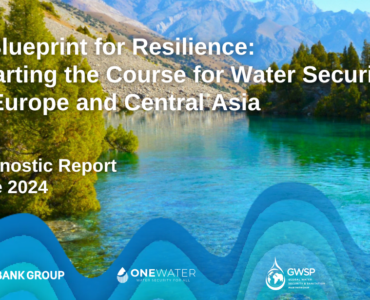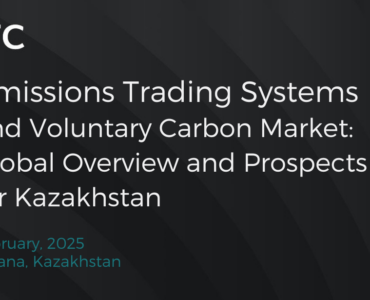The World Bank report The Journey Ahead: Supporting Successful Migration in Europe and Central Asia examines migration trends, challenges and opportunities associated with migration and policy implications in Europe and Central Asia. The report, while lacking specific data on Turkmenistan, offers valuable insights for the Central Asian region as a whole.
In Central Asia migration is largely driven by economic factors and characterized by significant low-skilled emigration. Low-skilled emigration, mainly to Russia, happens due to low wages, limited job opportunities, and poorer living standards. Meanwhile, high-skilled workers leave due to corruption and lack of career growth at home, causing a “brain drain” that weakens critical sectors and exacerbates skill shortages.
Corruption worsens emigration by deteriorating local institutions, which results in lower citizen trust and weaker economic security. High-skilled workers are especially sensitive to corruption because corruption promotes favoritism in the labor market and diminishes income and wage gains from educational investments. From 2000 to 2020, corruption worsened in countries like Turkmenistan, further fueling out-migration.
Similarly, poor public services, particularly in healthcare and education can also drive emigration. As Figure 1 illustrates, Central Asian countries such as Turkmenistan spend very little on healthcare compared to destination countries like Russia or Turkey.
Donate to support Turkmen analysts, researchers and writers to produce factual, constructive and progressive content in their efforts to educate the public of Turkmenistan.
SUPPORT OUR WORKFigure 1. Public health expenditure per capita across Europe and Central Asia in 2020
The report provides following recommendations including for Central Asian countries:
- Formalize Migration: Establishing bilateral labor agreements, seasonal worker programs and formal channels to enhance access to migration, protect migrants’ rights, and maximize the benefits for all stakeholders.
- Skills Development: Investing in pre-departure skills training programs tailored to the demands of destination labor markets can improve migrants’ employability and earning potential.
- Social Protection: Collaborating with destination countries to ensure migrants’ access to social security benefits and health care can mitigate their vulnerability. Formalizing remittance flows through reduced transfer costs and promoting financial inclusion among migrant households can also optimize remittance utilization and foster productive investments.
- Data and Monitoring: Establishing unified registries of emigrants can facilitate data collection, monitor migration trends, and provide targeted reintegration support upon return. Complementing administrative data with comprehensive household surveys can deepen understanding of low-skilled migration and inform evidence-based policies.
- Destination Diversification: Encouraging migration to new destinations with potential labor demand can reduce dependence on a single country and mitigate the impact of economic shocks.
- Reintegration Support: Developing comprehensive reintegration strategies for returning migrants such as skill recognition, job search assistance, and support for entrepreneurship.
- Corruption and governance challenges: Improving the business environment, bolstering public services, particularly in health and education, combating corruption both in public and private sectors, improving good governance and quality of public institutions can help reduce emigration pressures.







